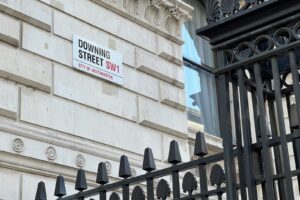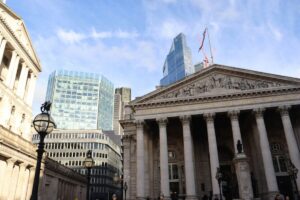The defensive qualities of listed infrastructure have proved their worth during recent market downturns, but the outperformance of the asset class during turbulent times is not just a reflection of market sentiment, which can be fickle.
The resilience of the asset class is justified by solid fundamentals and the operating performance of individual companies. There is empirical evidence to demonstrate the recession-proof nature of these business models, which arises from the critical nature of the underlying assets. History shows that the cashflows (illustrated in Figure 1 by EBITDA) generated by listed infrastructure businesses and the dividends paid from them remained relatively stable during the financial crisis before resuming their upward trajectory.

Growing dividends
The attraction of listed infrastructure is not limited to defensiveness; the asset class offers a wide array of growth opportunities to drive inflation-beating returns over the long term. We strongly believe that our holdings – all of which pay growing dividends, reflecting the growth in the underlying businesses – should not be treated as bond proxies, which, by definition, offer a high yield with no growth. Even our holdings in utilities are beneficiaries of structural growth, in addition to the inflation-linked revenues which are the mainstay of their business models. The long-term tailwinds that well-positioned utilities can capture include modern society’s transition to renewable energy, or the development of smart grids to better manage the supply and demand of power – themes which are likely to persist for decades to come.
Undemanding valuations
Many of these holdings have performed well, but we see further upside as valuations continue to look undemanding given their long-term growth prospects. Valuations in the economic class of infrastructure (utilities, energy and transport) remain well below their historic highs and look particularly compelling in energy. Economic infrastructure also looks attractive relative to the other segments of infrastructure, namely social (health, education and civic) and evolving (communication, transactional and royalty). Past performance is not a guide to future performance. That said, we still believe it is important to extend the definition of infrastructure beyond the traditional realm of economic infrastructure to better reflect the increasingly digital world we live in. The social and evolving categories provide benefits of diversification as well as valuation opportunities depending on the market environment. The evolving segment also stands out as a generous source of growth. It is also important not to lose sight of the long term nature of the asset class. The immediate macroeconomic environment has little bearing on the operational performance of infrastructure assets. Powerful trends in the global economy – and the growth afforded by these long-term trends – will have a greater influence on listed infrastructure companies and returns from the asset class over the long term. The vagaries of economic cycles are a mere sideshow compared to the structural growth on centre stage.
Important information
The value and income from the fund’s assets will go down as well as up. This will cause the value of your investment to fall as well as rise. There is no guarantee that the fund will achieve its objective and you may get back less than you originally invested. The fund invests mainly in company shares and is therefore likely to experience larger price fluctuations than funds that invest in bonds and/or cash.
About Alex Araujo

Alex Araujo has been the manager of the M&G Global Listed Infrastructure Fund since it launched in October 2017, and was appointed manager of the M&G Global Themes Fund in January 2019. Alex initially joined M&G’s income team in July 2015 and became co-deputy manager of the M&G Global Dividend Fund in April 2016. Alex has 25 years of experience in financial markets. He graduated from the University of Toronto with an MA in economics and is a CFA charterholder.














